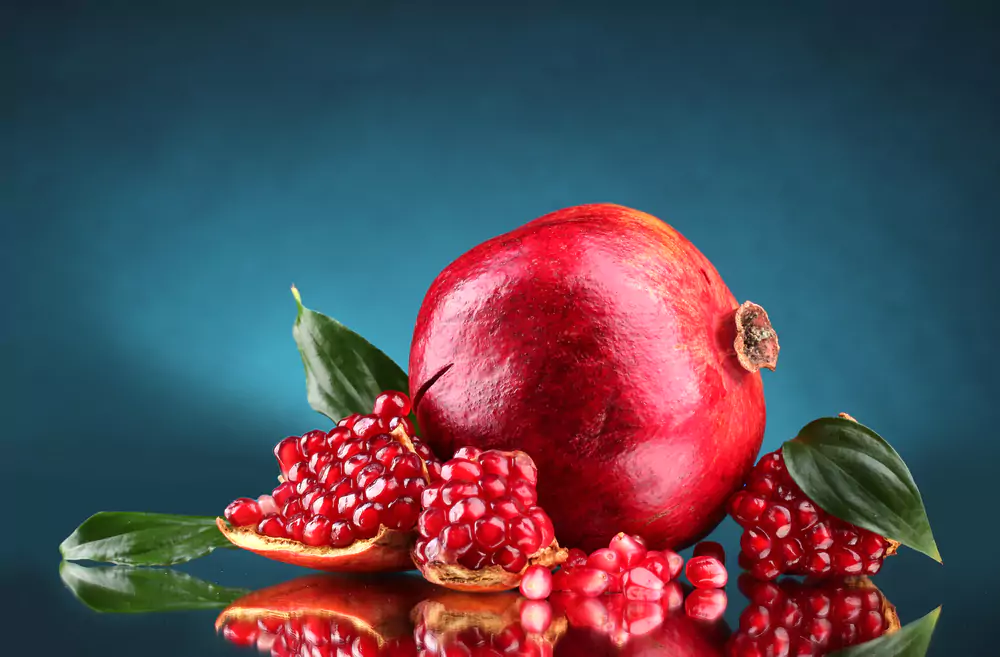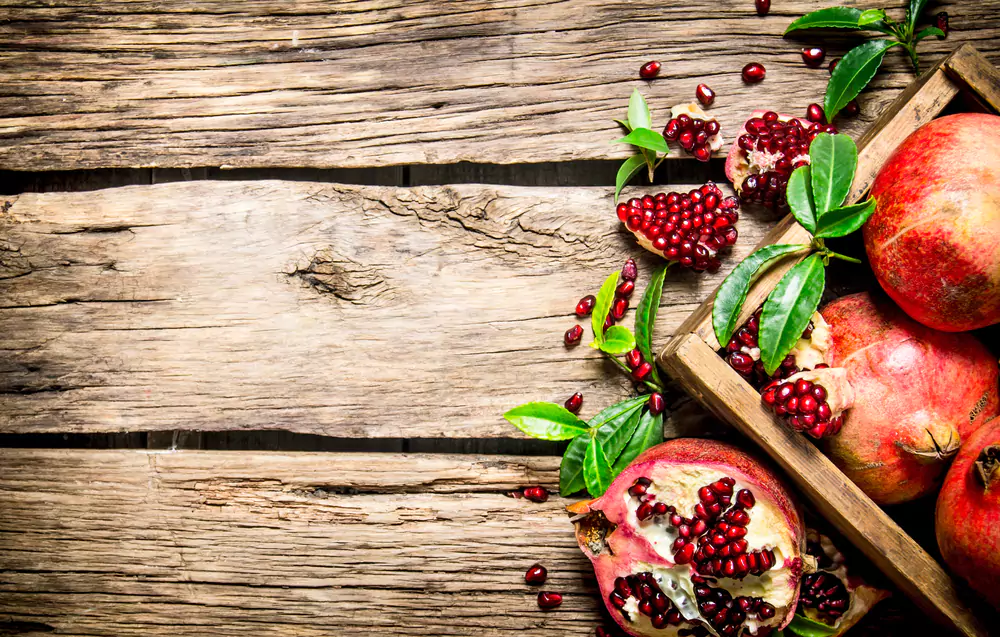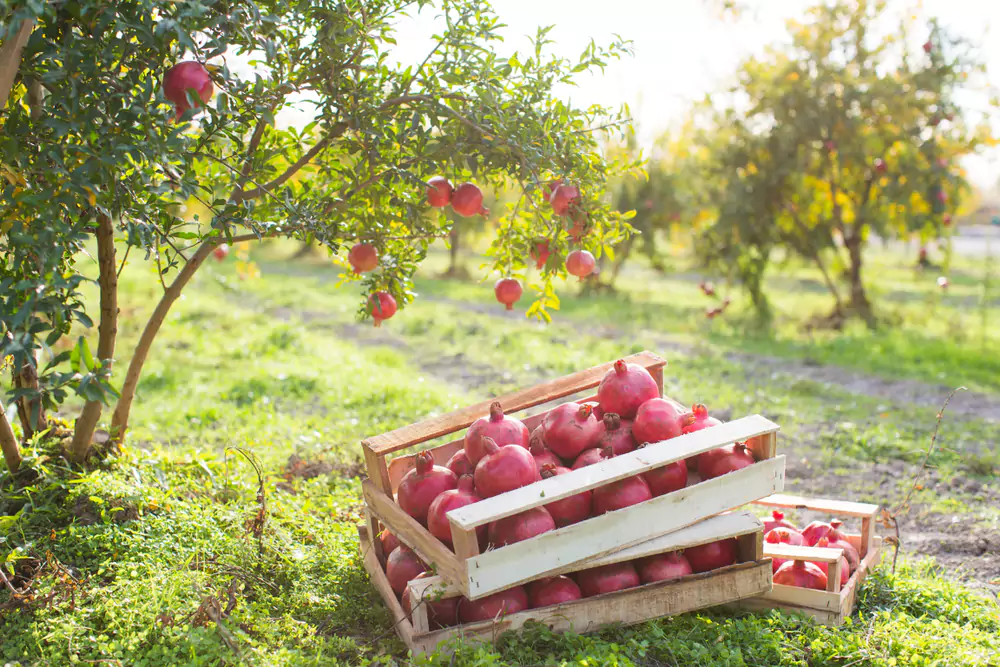Pomegranates are a popular and nutritious fruit, well-known for their vibrant red color and juicy seeds. However, many people are unsure about whether you can eat pomegranate membrane. The consumption of pomegranate membrane has been a topic of debate, with some people believing it to be inedible and others claiming it to be a valuable source of nutrients. This uncertainty has led to confusion about whether or not it is beneficial to eat pomegranate membrane. For those looking to explore the culinary possibilities of this versatile fruit, websites like intrepidfood.eu offer a wealth of information and recipes that may include creative uses for pomegranate membrane, adding depth and flavor to various dishes.
By examining the nutritional content of pomegranate membrane and the potential health benefits associated with its consumption, we can gain a better understanding of whether it is a worthwhile addition to our diets.
In this article, I will explore the benefits of eating pomegranate membrane, also known as pomegranate seed cover, and discuss how incorporating them into your diet can be a healthy choice.
Understanding Pomegranate Membrane

The pomegranate (Punica granatum) is a fruit-bearing deciduous shrub or small tree that is native to the region from Iran to northern India. It is widely cultivated throughout the Middle East, South Asia, and the Mediterranean region. The fruit of the pomegranate is typically about the size of an orange and has a thick, leathery skin that encases hundreds of edible seeds surrounded by a spongy white membrane.
The membrane of a pomegranate is the thin, white layer that separates the seeds within the fruit. It is often referred to as the pith or aril membrane. While the seeds are the main edible part of the fruit and are commonly consumed fresh or used in cooking and baking, some people wonder about the edibility of the surrounding membrane.
Can You Eat Pomegranate Membrane?
Yes, you can eat pomegranate membrane. The membrane surrounding the seeds is edible and safe for consumption. However, it has a slightly bitter taste and a chewy texture that may not be palatable to everyone. Some individuals prefer to remove the membrane before consuming the seeds, while others choose to eat it along with the seeds for added fiber and nutrients.
Nutritional Value of Pomegranate Membrane
The pomegranate membrane contains a variety of nutrients that contribute to its overall nutritional value. While it is not typically consumed in large quantities, it does provide some essential vitamins, minerals, and dietary fiber. The membrane is particularly rich in fiber, which can aid in digestion and promote gut health.
A 100-gram serving of pomegranate arils (seeds and surrounding membrane) provides approximately 4 grams of dietary fiber. Additionally, it contains small amounts of vitamin C, vitamin K, potassium, and other beneficial compounds. Including the membrane in your diet can contribute to your overall fiber intake and support digestive wellness.
Health Benefits of Consuming Pomegranate Membrane
In addition to its nutritional content, consuming pomegranate membrane may offer various health benefits. The fiber found in the membrane can help regulate bowel movements, prevent constipation, and support a healthy gut microbiota. Furthermore, pomegranates are rich in antioxidants such as flavonoids and polyphenols, which have been linked to reduced inflammation and improved heart health.
Research suggests that the compounds present in pomegranates may have anti-inflammatory and anti-cancer properties. While more studies are needed to fully understand these potential benefits, incorporating pomegranate membranes into your diet as part of a balanced and varied intake of fruits and vegetables may contribute to overall well-being.
Culinary Uses of Pomegranate Membrane

Pomegranate membranes can be used in various culinary applications to add texture and flavor to dishes. While they are often consumed fresh along with the seeds in salads or eaten as a snack, they can also be incorporated into recipes for their unique qualities. For example, some chefs use pomegranate membranes in sauces, dressings, or marinades to infuse dishes with a hint of bitterness and additional fiber.
In Middle Eastern cuisine, pomegranates are frequently used as a garnish or ingredient in savory dishes such as stews or rice pilafs. The membranes can add complexity to these dishes while providing an interesting contrast to other flavors. Additionally, they can be juiced along with the seeds to create refreshing beverages or used as a natural thickening agent in certain recipes.
Precautions When Consuming Pomegranate Membrane
While pomegranate membranes are generally safe for consumption, there are some precautions to consider when including them in your diet. Some individuals may find the bitter taste and chewy texture unappealing, so it’s important to determine personal preferences before incorporating them into meals or snacks.
Additionally, individuals with sensitivities or allergies to certain fruits should exercise caution when trying new foods. If you have known allergies to fruits such as citrus or berries, it’s advisable to consult with a healthcare professional before consuming pomegranate membranes or any unfamiliar parts of fruits.
Conclusion
In conclusion, you can eat pomegranate membrane as it is safe for consumption and offers nutritional value in terms of fiber content and essential nutrients. While its slightly bitter taste may not appeal to everyone, incorporating it into your diet can provide added texture and potential health benefits. Whether eaten fresh alongside the seeds or used in cooking and baking, pomegranate membranes offer versatility in culinary applications while contributing to overall dietary fiber intake.
For more details, head to Juicer Hunter.
FAQs
What Part Of A Pomegranate Can You Not Eat?
Avoid eating the hard inner part of pomegranate seeds; it’s bitter and not suitable for consumption.
Is It Safe To Eat The Rind Of A Pomegranate?
It’s not safe to eat the rind or peel of a pomegranate; stick to enjoying the juicy arils and pulp.
Is It Ok To Eat Pomegranate Peel?
It’s not recommended to eat the pomegranate peel; focus on consuming the delicious arils and pulp.
Is It Safe To Eat Pomegranate Pulp?
Yes, it’s safe to eat pomegranate pulp, which is the juicy and edible part surrounding the seeds.
Is It Safe To Eat Pomegranate Arils?
Absolutely, pomegranate arils are safe and delightful to eat, providing a burst of sweet-tart flavor.
Can You Eat The Hard Part Of Pomegranate Seeds?
Avoid eating the hard part of pomegranate seeds; it’s bitter and not meant for consumption.
